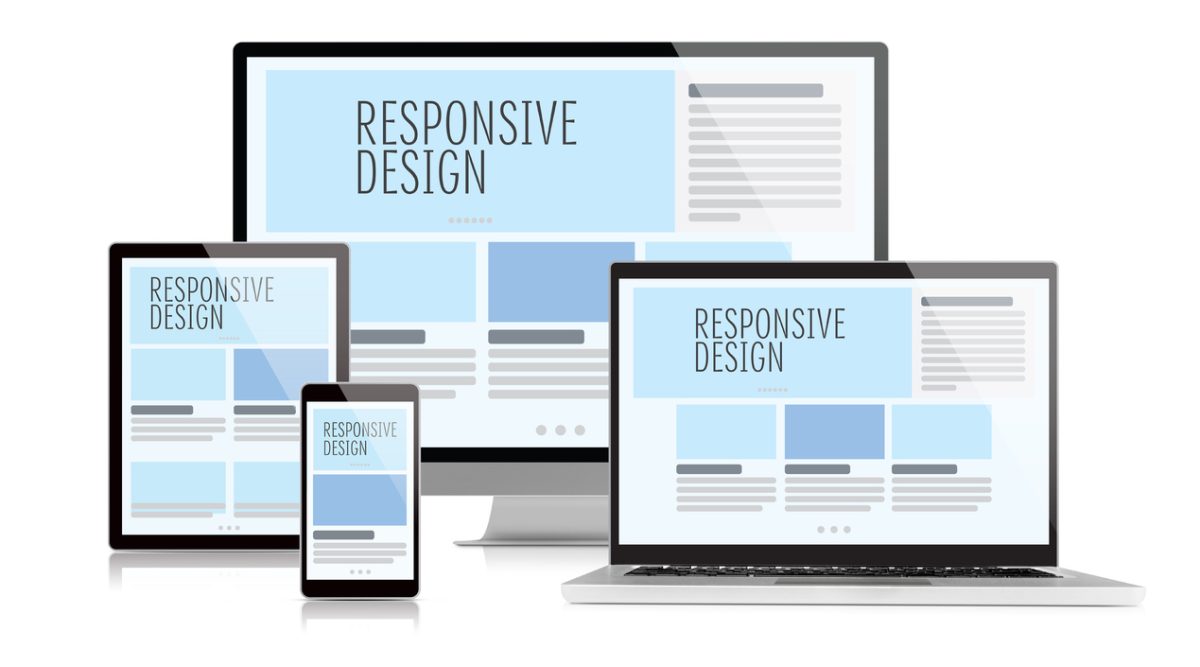Dynamic vs Static Websites -When building a website for your business or personal brand, one of the first decisions you must make is whether to create a static or dynamic website. Each option offers distinct features, functionality, and benefits. Understanding what each type of website entails helps you make an informed choice based on your specific needs. In this comprehensive guide, we explore static and dynamic websites, explain their differences, and outline their respective advantages. What Is a Static Website? A static website consists of fixed web pages coded in HTML and CSS. Each page exists as a separate file on the server, displaying the same content to every visitor. When a user accesses the site, their browser retrieves the content exactly as it appears on the server, without any interaction with a database or external processing. Web designers often build static websites for simple projects where content does not change frequently. Typical examples include portfolio websites, small business landing pages, and informational sites with limited interaction. Key Features of Static Websites Advantages of Static Websites What Is a Dynamic Website? A dynamic website generates content in real-time based on user interactions, preferences, or database queries. These sites rely on server-side programming languages like PHP, Python, or JavaScript (Node.js) and often connect to a content management system (CMS) such as WordPress or Joomla. Dynamic websites allow users to engage with the content, fill out forms, log in to accounts, or search through a catalog of products. Examples include e-commerce stores, news portals, social networks, and blogs with frequently updated content. Key Features of Dynamic Websites Advantages of Dynamic Websites Key Differences Between Static and Dynamic Websites Aspect Static Website Dynamic Website Content Type Fixed; same for every visitor Interactive; changes based on user input Technology Used HTML, CSS, basic JavaScript Server-side languages (PHP, Python), CMS Database No database required Requires database integration Customization Limited personalization Highly customizable and user-focused Development Time Faster and easier to deploy Requires more time and resources Maintenance Minimal updates, manual content changes Easy updates through CMS, automated Speed Extremely fast page load Slightly slower, but optimized with caching Cost Lower development and hosting costs Higher costs due to complexity Which One Should You Choose? The decision depends on your business needs and future goals. Conclusion Both static and dynamic websites serve important roles in the digital landscape. Static websites deliver speed, security, and simplicity, while dynamic websites offer versatility, interactivity, and robust functionality. By understanding the differences and advantages of each, you can make the right choice for your website needs—whether you aim to establish a simple online presence or develop an interactive platform to engage users and grow your business. If you need help deciding which type of website is best for your company, our expert team is ready to guide you through the process and develop a solution tailored to your goals! Contact Us:Website: – Click HereWhatsApp | Call: +254 743 149 267 | + 254 738 352 258Email Address: info@beseenlimited.com | sales@beseenlimited.comFollow our IG: @Beseenlimited
